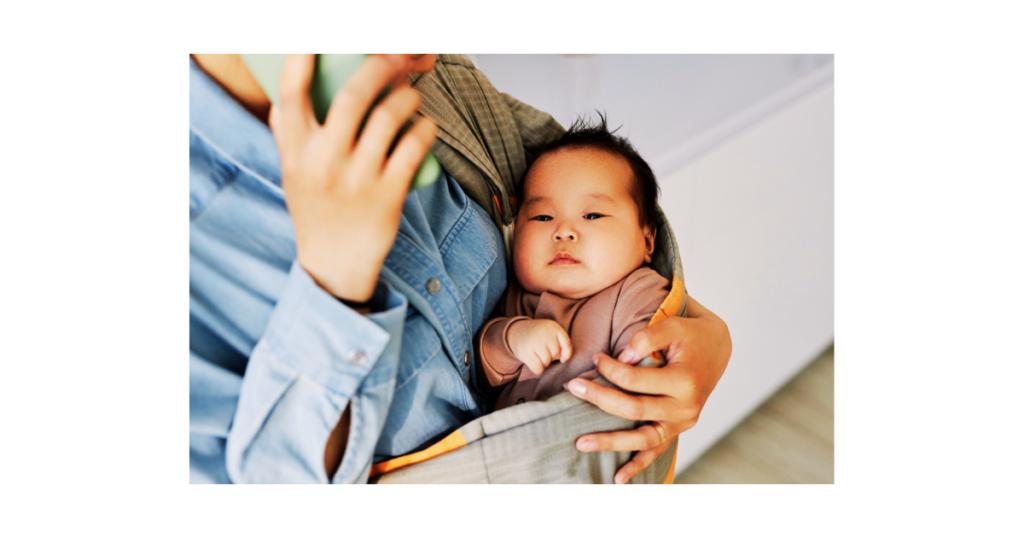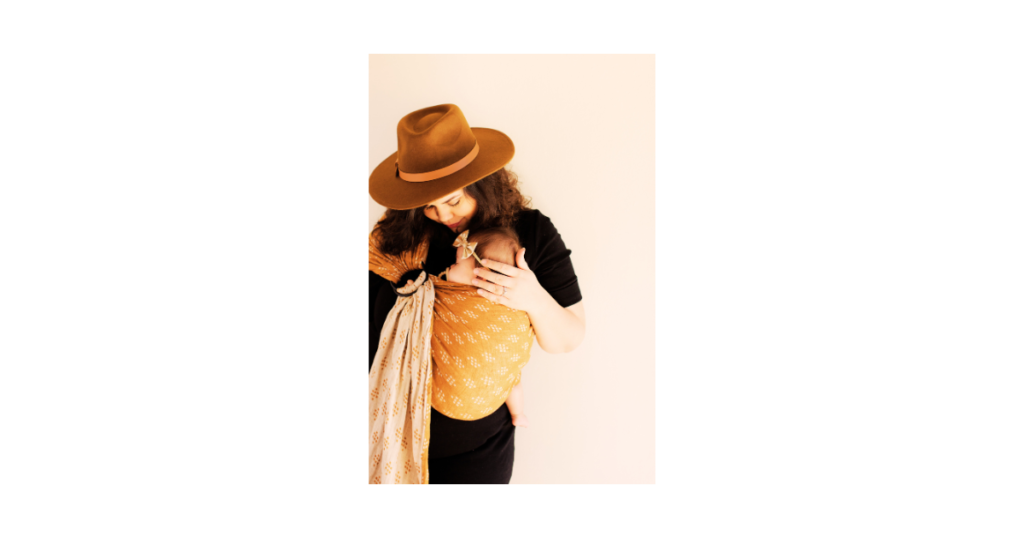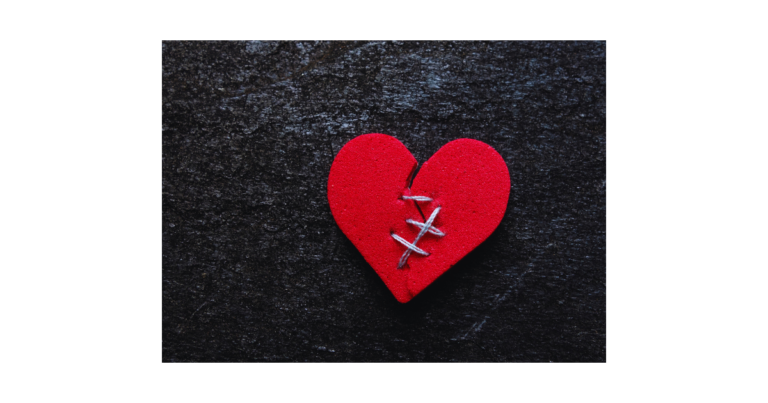Welcoming a newborn into your life is an incredible experience. But let’s be honest, it’s also overwhelming. Between feedings, diaper changes, and trying to grab a moment for yourself, the thought of juggling it all can feel impossible. That’s where newborn wearing comes to the rescue. Let me walk you through everything you need to know to make this practice your new best friend.
What is Newborn Wearing?
Simply put, newborn wearing is carrying your baby using a carrier, sling, or wrap. It keeps your baby close to you while freeing up your hands. From running errands to sipping (hot!) coffee, babywearing makes life easier while giving your little one a safe, comforting space close to your heartbeat.
Why Should You Try Newborn Wearing?
1. It Soothes Crying Babies
Did you know that studies show wearing your baby can reduce crying by up to 43%? Holding your newborn close, in an upright position, gives them a sense of safety and warmth. It’s like a cozy hug that prevents crying, helping your baby feel calm and content.
2. You Can Be Hands-Free
Life doesn’t stop when your baby arrives. With a baby strapped securely to your chest, you can cook, clean, or even type emails. All while keeping your baby close!
3. It Strengthens Your Bond
There’s something magical about feeling your baby’s soft breath against your chest. Babywearing promotes bonding, allowing you to connect emotionally and physically with your little one.
4. It’s Good for Your Baby’s Health
Newborn wearing supports your baby’s development. Keeping them in an upright position reduces the risk of flat head syndrome and aids digestion. Plus, it promotes proper hip alignment, reducing the risk of hip dysplasia when done correctly.
Choosing the Right Baby Carrier
With so many options available, picking the right baby carrier can feel daunting. Let’s break it down:
Ring Sling
Ring slings are lightweight and adjustable, making them perfect for quick trips or breastfeeding on the go.
Soft Structured Carrier
Best for older babies or long outings, these carriers offer padded shoulder straps and lumbar support for parents.
Baby Wraps

- Stretchy Wraps: Ideal for newborns and young infants.
- Woven Wraps: More supportive and great for older babies.
Tip: Consider your baby’s age, weight, and your lifestyle. Pre-loved carriers are a great option if you’re on a budget!
How to Babywear Safely
Follow the TICKS Rule
This simple guide ensures your baby stays safe and comfy:
- Tight: Keep the carrier snug to support your baby properly.
- In View: Always have a clear view of your baby’s face.
- Close Enough to Kiss: You should be able to kiss your baby’s head easily.
- Keep Chin Off Chest: Ensure your baby’s chin is not pressing into their chest to avoid restricted breathing.
- Supported Back: Your baby’s back should be well-supported and not slouched.
Positioning is Key
- Keep your baby’s nose clear for easy breathing.
- Ensure their legs are in the “M” position to support healthy hip development.
- Support their head and neck, especially for younger babies.
How to Position Your Baby Properly
Getting the position right is essential for both comfort and safety.
- Head and Chin Alignment: Your baby’s head should rest naturally on your chest, with their chin up and clear of their chest.
- Leg Position: Babies’ legs should form an “M” shape, with knees higher than their bottom.
- Nose and Face: Make sure nothing blocks your baby’s nose or face.
A good rule of thumb? You should be able to kiss your baby’s head without straining your neck!
Avoid Common Mistakes
Newborn wearing is simple, but a few mistakes can compromise safety and comfort.
- Wrong Size Carrier: Ensure the carrier fits your baby’s weight and age.
- Overlooking Positioning: Improper head or chin placement can restrict breathing.
- Skipping Adjustments: Make sure the carrier is tight enough to provide support.
Exploring Different Types of Carriers
Not sure which carrier is right for you? Here’s a quick guide:
Baby Wraps
- Stretchy Wraps: Perfect for newborns but may sag with heavier babies.
- Woven Wraps: Durable and versatile, suitable for young infants and toddlers alike.
Ring Sling
Ring slings are a lifesaver when you need something quick and simple. Plus, they look stylish!
Soft Structured Carriers
These carriers are best for older babies or parents who need extra support. They’re designed with padded shoulder straps and lumbar support to evenly distribute your baby’s weight.
Pro Tip: Don’t hesitate to experiment with different styles until you find what works for you and your baby!
Myths vs. Facts About Babywearing
Myth 1: Babywearing Causes Hip Dysplasia
Fact: When done properly, babywearing actually supports healthy hip development. Ensure your baby’s legs are in the “M” position, and you’re good to go.
Myth 2: Carriers Aren’t Safe for Newborns
Fact: Many carriers are specifically designed for newborns. Just check the weight requirements and follow safety guidelines.
Tips for New Parents
If you’re a first-time parent, newborn wearing can feel a bit intimidating. Here’s how to make it easier:
- Practice Makes Perfect: Spend time practicing with your carrier before putting your baby in.
- Choose the Right Fabric: Lightweight fabrics like cotton are great for warm weather, while thicker options keep your baby cozy in winter.
- Stay Confident: Trust yourself! Babywearing is a skill, and you’ll get the hang of it with time.
Why I Love Newborn Wearing
When I first started babywearing, I was amazed at how much it simplified my life. My baby slept soundly against my chest while I got things done—or simply enjoyed a moment to breathe. Babywearing wasn’t just a convenience; it was a bonding experience that made me feel more connected to my little one.
If you’re a new parent feeling overwhelmed, trust me, this is a game-changer.
Conclusion: Embrace the Joy of Babywearing
Newborn wearing is more than just a trend—it’s a lifesaver for parents and a comfort for babies. By keeping your baby close, you’ll foster a strong bond, soothe their cries, and gain the freedom to take on your day.
So why not give it a try? Whether it’s a stretchy wrap, a ring sling, or a soft structured carrier, find what works for you and your baby. You’ll thank yourself later.
Ready to Start Your Babywearing Journey?
Explore your options and pick a carrier that suits your needs. Already a fan of babywearing? Share your favorite tips in the comments below! Let’s help other parents discover the magic of keeping their little ones close.
| FAQs About Newborn Wearing Q: What is newborn wearing? A: Newborn wearing is carrying your baby using a wrap, sling, or carrier, keeping them close to your chest while freeing your hands. Q: Is babywearing safe for newborns? A: Yes, when done correctly. Follow safety guidelines like the TICKS rule and ensure proper positioning. Q: What’s the best carrier for a newborn? A: Stretchy wraps and ring slings are great for newborns, offering snug support and adjustability. Q: Can babywearing reduce crying? A: Absolutely! Studies show it can reduce crying by up to 43%, providing comfort and security for your baby. Q: How do I avoid hip dysplasia when babywearing? A: Ensure your baby’s legs are in the “M” position, with their knees higher than their bottom. |
Additional Resources
Expand your knowledge and make your babywearing journey even better with these helpful resources:
- Babywearing International: A comprehensive guide to babywearing safety and techniques.
- The TICKS Babywearing Safety Guidelines: Learn the TICKS rule to ensure safe babywearing.
- Hip Dysplasia Prevention: Expert advice on how to protect your baby’s hips while using carriers.
- Randomized Controlled Trials on Babywearing: Dive into the research on babywearing benefits.
- Choosing the Right Baby Carrier: Tips for selecting the best carrier based on your baby’s age and needs.
- Babywearing Positions: Detailed illustrations of safe and comfortable carrying positions.
For more in-depth guidance, explore these links and gain valuable insights into safe and effective babywearing practices.





